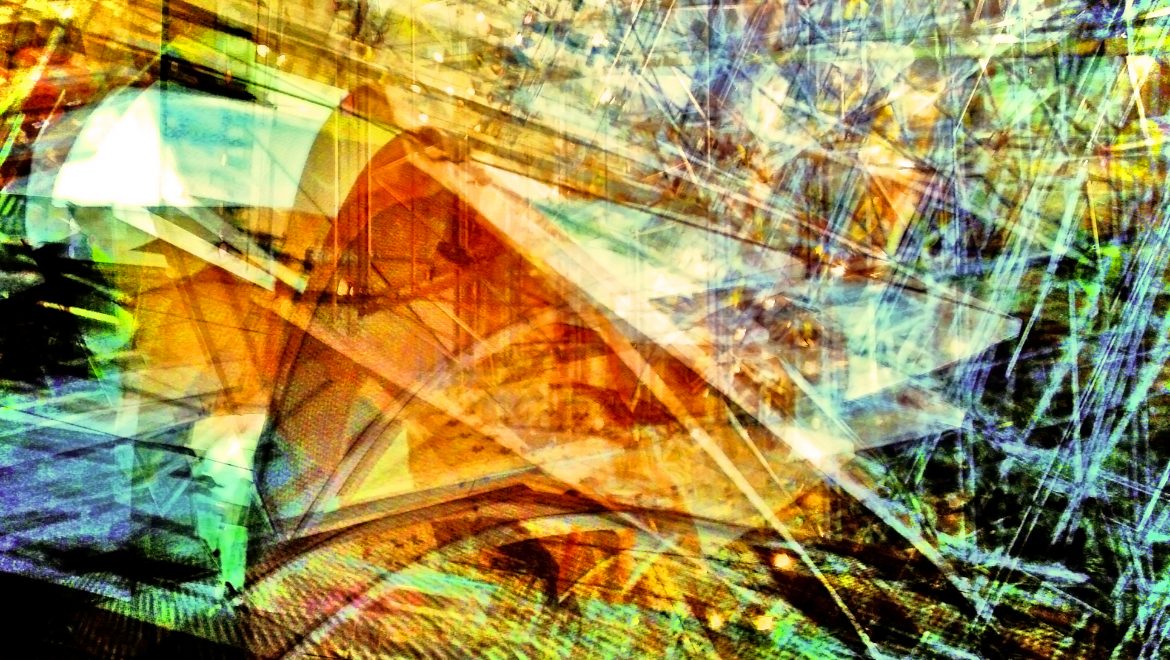Jamaican Revolution and Mapping Article
Hello all! Here’s the link to the article in Social Text by Vincent Brown that I had mentioned in class yesterday – Vincent Brown; Mapping a Slave Revolt: Visualizing Spatial History through the Archives of Slavery. Social Text 1 December 2015; 33 (4 (125)): 134–141. doi: https://doi-org.ezproxy.gc.cuny.edu/10.1215/01642472-3315826
An excerpt from his article –
Fortunately, there has lately been a spatial, even a cartographic emphasis in humanistic and social scientific study that encourages scholars to think more explicitly about how we can represent changing spatial linkages without reverting to the traditional geographic divisions. New historical cartographies allow us to visualize the networks and circuits that define spatial history, which the historian Richard White has succinctly characterized as the study of movements (of people, plants, animals, goods, and information) over time. With movement, interaction, and transformation, patterns are made and remade. By tracing these patterns, historical analysts can develop a visual language that may recover and illustrate spatial practices and processes. This is a thematic historical cartography, seen less as a technoscientifc form of observation than as a rhetorical practice that can defne, clarify, and advocate visions of the world that might otherwise go unarticulated. Cartographic visualization can be, says White, a fundamental part of historians’ analytical process: a means of doing research, generating questions, and revealing historical relations. New techniques present novel opportunities, but they also highlight the limitations of the archival material they employ.
His map can be found at revolt.axismaps.com



Comment ( 1 )